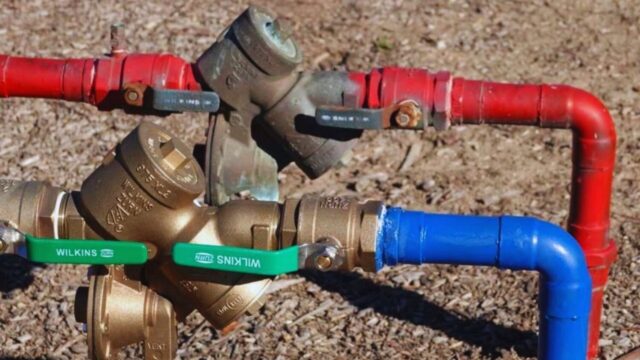
Drinking clean water is crucial to maintaining a healthy lifestyle. You may think that drinking bottled water keeps you safe from exposure to contaminated water. However, bathing, showering and cooking with tap water still leaves you exposed to potential impurities. To avoid this, commercial property owners are required to perform the backflow testing Melbourne legislation requires.
What is Backflow Testing?
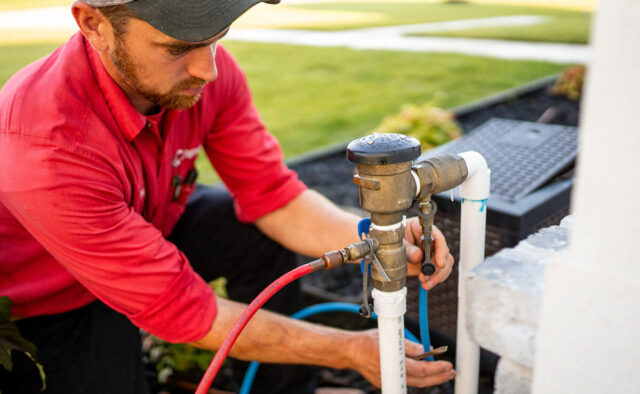
If you’re not entirely sure what this process involves, keep reading, as it’s a vital piece of information all commercial property owners should take note of. By definition, backflow testing refers to the testing of the device that ensures that the water flowing through your pipes is clean, healthy and contaminant-free. This device prevents dirty water flowing back into your infrastructure.
What Exactly Causes Backflow?
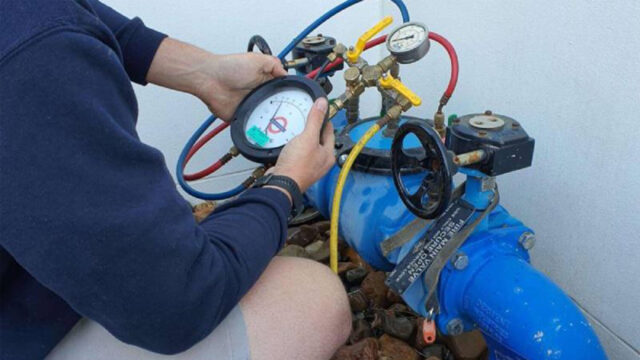
Consider this. When you open the tap on your commercial or residential property, water flows out at a predetermined pressure. Water is set to flow at this pressure to avoid slowing down and becoming stagnant in the pipes.
Issues with the device that regulates the water pressure can result in the water flowing at a much slower rate. In turn, this can cause the water to be stagnant in some places. Other instances may see the water flowing backwards instead of forwards, meaning that the water is drawn back into the main supply. This process is called backflow.
During the backflow process, the following happens:
- Backpressure: This happens when downstream water erroneously rises above the existing supply pressure. In most cases, this is caused by faulty valves and pumps, or simply water elevation.
- Back-siphonage: For the most part, back-siphonage occurs when a large amount of water is drawn back from the main supply. This is usually caused by burst water pipes. It can also be caused in rare instances when firefighters connect to the main supply to use water to put out fires. This disruption in the main water supply can result in contaminated water flowing back in the opposite direction.
Backflow Testing Matters
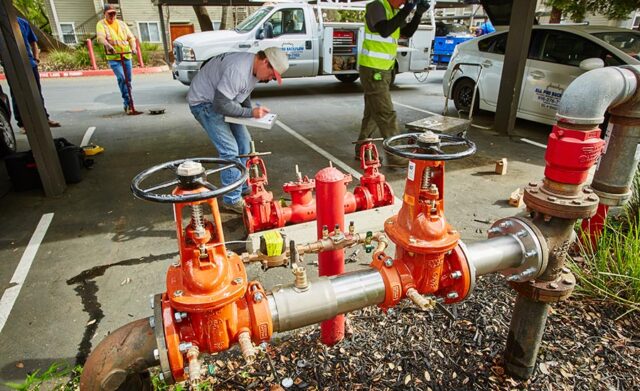
A report released by the Australian Broadcasting Corporation has estimated that almost 200,000 Australians don’t have access to safe drinking water. One of the top ways to avoid exposure to unsafe water is to ensure that regular backflow testing is done.
Our experts share the most significant information that you should know when you’re looking for ways to ensure the best water quality on your commercial or residential property.
Testing is Vital Every Year
Currently, Australian law requires backflow devices to be tested every 12 months. Tests need to be conducted by certified plumbers who will submit the results of the test to the relevant state authorities.
During these tests, faulty components are repaired or replaced. You can also have a whole new device installed if necessary.
The Procedure Requires Expertise
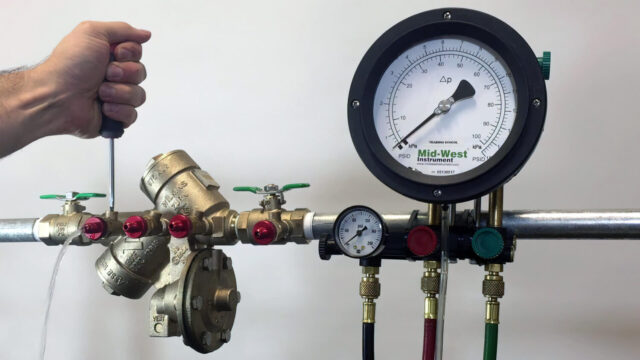
Fortunately, commercial property owners don’t have to do backflow testing themselves. Enlisting an accredited mechanical plumber is the easiest way to get it done.
Essentially, the mechanical plumber will test the backflow device. Keep in mind that the type of device fitted depends on the risk level of the area. Companies that may have direct exposure to chemicals, grease and industrial toxins will require more complex systems to be installed.
There are a few common devices that are installed to monitor backflow:
- Dual check
- Reduced pressure zone
- Single check
- Double-check
Faulty Backflow Devices Can Lead to Diseases
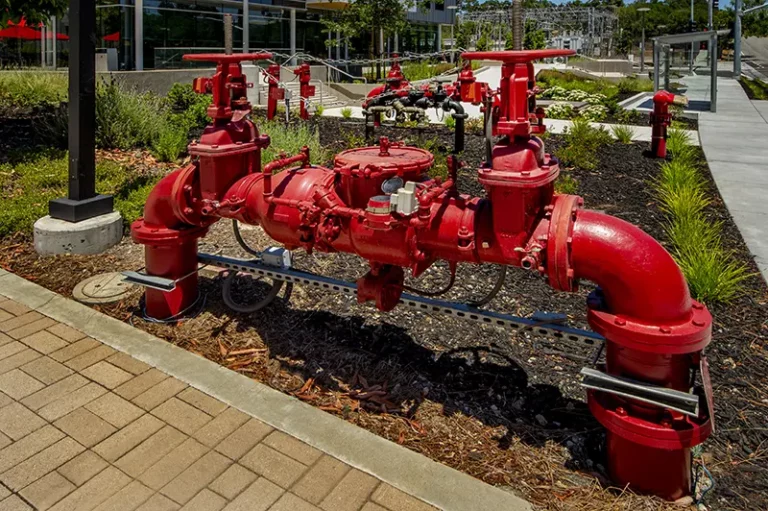
Water that has become contaminated can lead to severe waterborne diseases. Statistics from the World Health Organization (WHO) indicate that about 485,000 adults and children, around the world, die from drinking contaminated water every year.
Diseases that are commonly caused by contaminated water can include:
- Dysentery
- Diarrhoea
- Cholera
- Typhoid
- Polio
A faulty backflow device doesn’t just affect the water on your property. When water flows back into the main supply, the whole water system in the area is at risk of exposure. If the contaminated water can be traced back to your property, you may be held liable for damages.
Property Type is Key
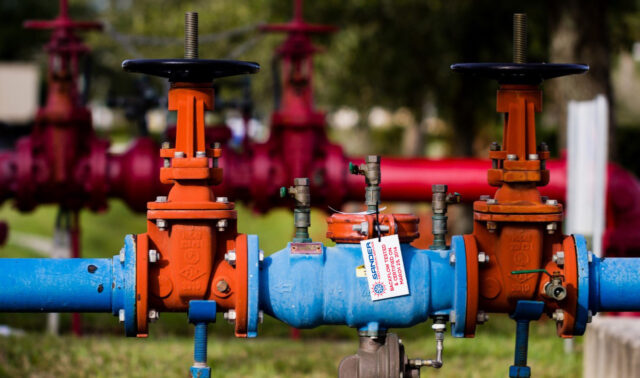
Typically, the water pressure in Australian residential properties doesn’t have water pressure strong enough to require a backflow prevention device. There may be certain exemptions from the residential no-device rule in the following instances:
- Residents make use of an irrigation system on the property (this can be alone or as part of the mains supply)
- Water is sourced from an alternative supply (such as a borehole or water harvesting)
- Water outlets are situated close to potential pollutants, chemicals or even grease taps
It’s crucial to note that all commercial properties require these devices to be in place and tested annually. Performing these tests will ensure that any water pollution in the area doesn’t stem from your property.
Final Thought
Understanding why you need to add backflow testing to your list of maintenance must-dos is essential. Abiding by the guidelines will ensure that the water of your commercial property stays safe without risk to your employees and customers.
All it takes is enlisting the services of a reputable plumbing company to do the annual backflow testing. Setting up an annual appointment will ensure that the testing is done long before anything goes wrong!













